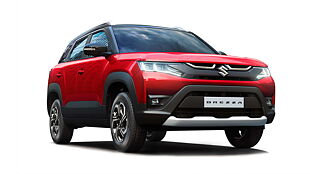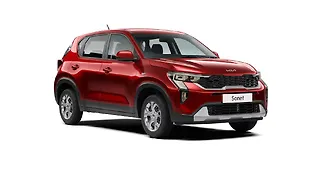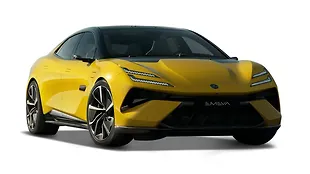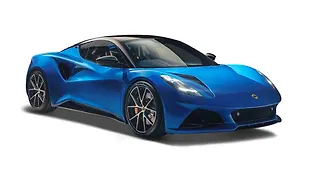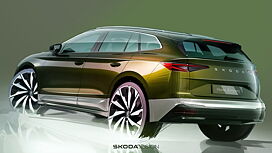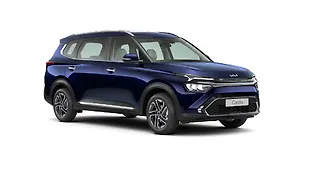
Back in July, Honda launched the WR-V facelift in India with a fresh set of cosmetic and feature updates. Kia will soon make a debut in the sub-four metre segment with the launch of the Sonet in India on 18 September, 2020. Going by the sales reports, there is a significant growth in demand for the compact SUVs in India. Read below to learn more about the key differences between these two models.
Exterior
The updated Honda WR-V features a new and bold solid wing chrome grille, and rides on the new R16 dual tone diamond cut alloy wheels. Features like advanced LED projector headlamps with integrated DRLs and position lamp, electric sunroof, LED front fog lights, turn indicator on ORVMs, advanced LED rear combination lamp, rear wiper and washer, and chrome shark fin are offered in the top-end variant.
The Kia Sonet gets crown jewel LED headlamps that reiterate the ‘Wild by Design’ theme along with a signature tiger nose grille and a three-dimensional ‘stepwell’ geometric grille mesh. The rear section gets heartbeat LED tail lamps and dual muffler design with diffuser fin skid plates for a distinctive appeal. The vehicle will be introduced with a set of crystal cut alloy wheels for a sporty and premium appeal.
Interior
The Honda WR-V gets premium seat upholstery with emboss and mesh design. The additional chrome accents offers a premium feel to the cabin. The vehicle gets the Digipad 2.0 seven-inch touchscreen infotainment system with Android Auto and Apple CarPlay. The infotainment system offers a host of advanced functionality like in-built satellite linked turn-by-turn navigation, live traffic support through USB Wi-Fi receiver, voice command, messages, Bluetooth handsfree telephony and audio and wireless infrared remote.
The Kia Sonet will get a minimalistic centre console that offers easy access to new features. The vehicle will get several first-in-segment features, such as a 10.25-inch HD touchscreen and a navigation system with UVO Connected technologies, BOSE premium seven-speaker system with LED sound mood lights, and ventilated front seats.
Engine
Honda WR-V is available in both petrol and diesel engine options. The 1.2-litre, four-cylinder petrol engine generates 89bhp at 6,000rpm and 110Nm at 4,800rpm. This engine comes mated to a five-speed manual transmission. The diesel version gets a 1.5-litre, four-cylinder engine that generates 98bhp at 3,600rpm and 200Nm at 1,750rpm and comes mated to a six-speed manual transmission. The petrol guise has fuel efficiency of 16.6kmpl, while the diesel version has a fuel efficiency of 23.7kmpl.
The Kia Sonet will be available in two petrol engine options - a 1.2-litre and a 1.0-litre T-GDI, while the 1.5-litre diesel engine is available in two power tunes. The 1.2-litre petrol engine comes mated to a five-speed manual transmission to produce 81bhp at 6,300rpm and 115Nm of torque at 4,200rpm. The 1.0-litre T-GDI petrol engine produces 117bhp at 6,000rpm and 172Nm of torque between 1,500 – 4,000rpm. This engine is available in six-speed iMT and seven-DCT option. The 1.5 CRDI WGT engine with a six-speed manual transmission produces 97bhp at 4,000rpm and 240Nm of torque between 1,500 – 2,750rpm. The 1.5-litre CRDI VGT engine comes mated to a six-speed automatic transmission to produce 112bhp at 4,000rpm and 250Nm of torque between 1,500 - 2,750rpm.
Conclusion
The Kia Sonet offers several segment-first features and more engine options. If rightly priced, the Sonet is likely to claim a considerable share in the compact SUV segment. That said, the Honda WR-V offers the benefit of generous cabin space and good safety equipment. Both the cars have a unique character; therefore their sales will be undermined on the basis of customers’ requirement and the vehicles' pricing.

![Kia Sonet [2020-2022] Image Kia Sonet [2020-2022] Image](https://imgd.aeplcdn.com/272x153/n/cw/ec/41523/sonet-exterior-right-front-three-quarter-110.jpeg?q=80)







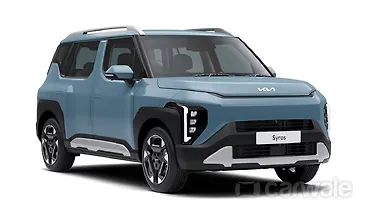



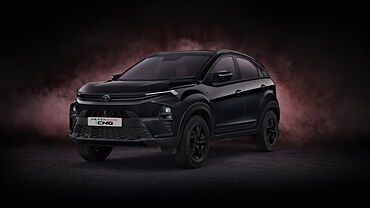



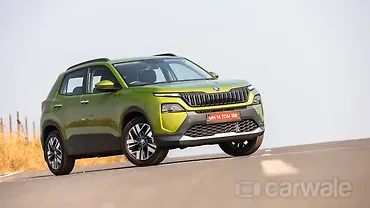
![Kia Sonet [2020-2022] Right Front Three Quarter Kia Sonet [2020-2022] Right Front Three Quarter](https://imgd.aeplcdn.com/199x112/n/cw/ec/41523/sonet-exterior-right-front-three-quarter-110.jpeg?q=80)
![Kia Sonet [2020-2022] Right Front Three Quarter Kia Sonet [2020-2022] Right Front Three Quarter](https://imgd.aeplcdn.com/199x112/n/cw/ec/41523/sonet-exterior-right-front-three-quarter-107.jpeg?q=80)
![Kia Sonet [2020-2022] Right Side View Kia Sonet [2020-2022] Right Side View](https://imgd.aeplcdn.com/199x112/n/cw/ec/41523/sonet-exterior-right-side-view-2.jpeg?q=80)
![Kia Sonet [2020-2022] Dashboard Kia Sonet [2020-2022] Dashboard](https://imgd.aeplcdn.com/199x112/n/cw/ec/41523/sonet-interior-dashboard-2.jpeg?q=80)
![Kia Sonet [2020-2022] Steering Wheel Kia Sonet [2020-2022] Steering Wheel](https://imgd.aeplcdn.com/468x263/n/cw/ec/41523/sonet-interior-steering-wheel-2.jpeg?q=80)







